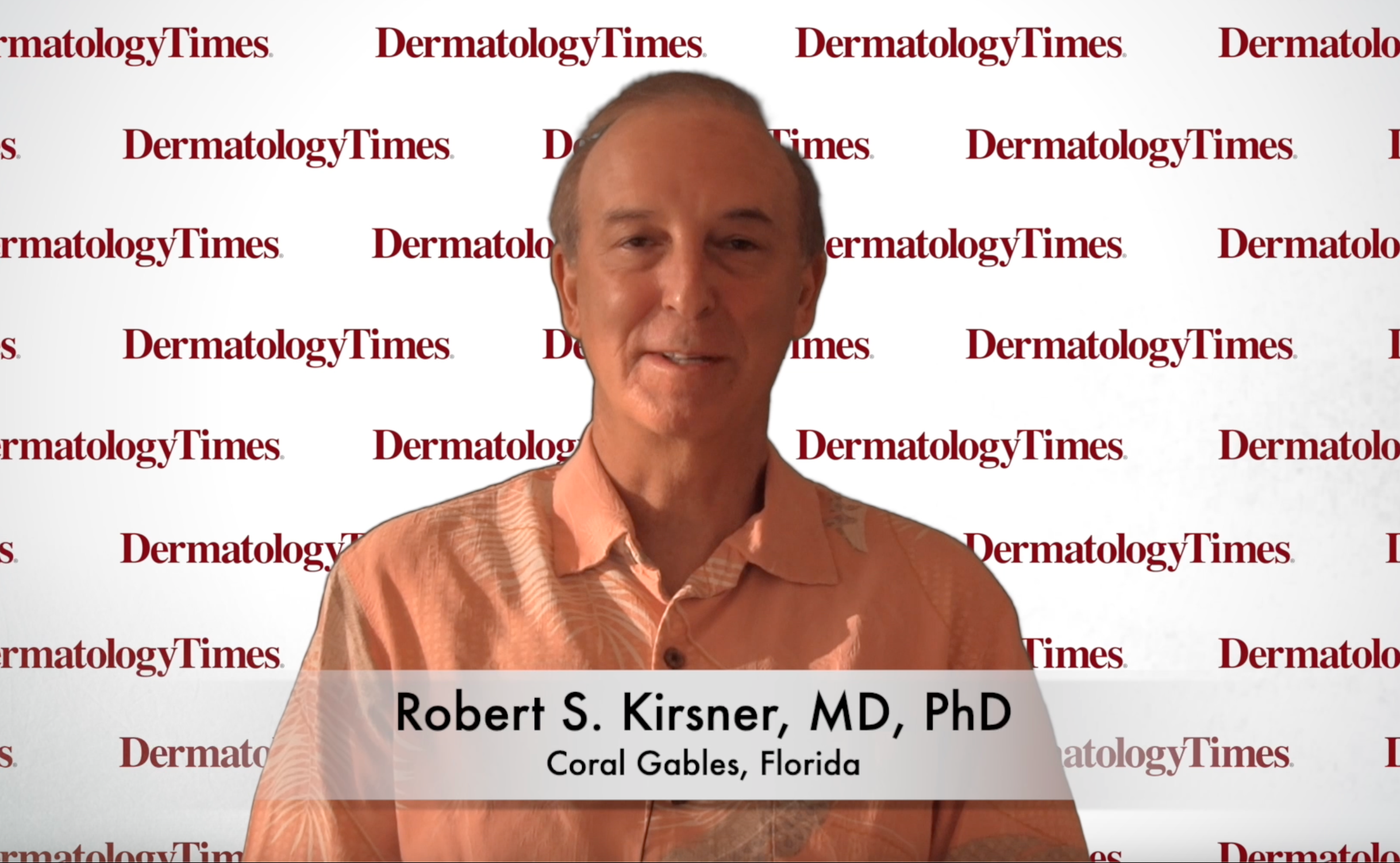- Acne
- Actinic Keratosis
- Aesthetics
- Alopecia
- Atopic Dermatitis
- Buy-and-Bill
- COVID-19
- Case-Based Roundtable
- Chronic Hand Eczema
- Chronic Spontaneous Urticaria
- Drug Watch
- Eczema
- General Dermatology
- Hidradenitis Suppurativa
- Melasma
- NP and PA
- Pediatric Dermatology
- Pigmentary Disorders
- Practice Management
- Precision Medicine and Biologics
- Prurigo Nodularis
- Psoriasis
- Psoriatic Arthritis
- Rare Disease
- Rosacea
- Skin Cancer
- Vitiligo
- Wound Care
Article
Wound Care and Healing for Neonates
Author(s):
A study published in the Advances in Skin & Wound Care Journal examined wound care information to help educate about care for the specific physiology of newborns.
A group of researchers aimed to help physicians differentiate the use of hydrocolloids, hydrogels, foam dressings, and barrier creams in the neonatal population and identify issues related to the use of solvents, alginates, collagen dressings, and negative pressure wound therapy (NPWT) in neonates, according to an article in the Advances in Skin & Wound Care journal.1
PubMed, Google Scholar, and other journals/textbooks were used to help collect data on wound healing in newborn patients. With this data, the authors of the study aimed to discuss what is already known about wound milieu in premature and full-term neonates, including the unique challenges pediatric clinicians face, the therapies that have proven effective, and the therapies contraindicated for use in neonatal wound healing.
Publications were selected based on the differences and nuances of wound healing in neonates compared to other age groups. All age groups included had the following in mind when decided how to heal wounds1:
- Infection identification, control, and treatment;
- the establishment and maintenance of a clean and hydrated wound bed;
- debridement or removal of necrotic or devitalized tissue if present; and
- wound protection or barrier formation to prevent secondary infection, skin breakdown, or dehydration.
According to the article, there is enough information available as of now to recommend using hydrocolloids, hydrogels, foams, barrier films, and barrier creams as first-line treatments for neonatal wounds. More information on each approved method of wound healing can be found here.
The practice pearls from the article include:1
- For wound healing, Neonates have a phenotype distinct from fetuses and older infants, so clinicians should be mindful of the therapies used in treatment.
- Hydrocolloids are useful because of their pliability, but their composition can be easily disrupted when exposed to body fluids. In contrast, hydrogels help to hydrate the wound bed but often require days or weeks to go into effect.
- Foam dressings have a spongy make that make them ideal for absorbing excess exudate, but they can’t remain in place without a secondary stabilizing dressing. However, barrier creams can serve as a light adhesive, but are nonabsorptive in most cases.
- Many adhesives commonly used in older children and adults are not suitable for neonatal patients because they can cause epidermal stripping and dermatitis.
- Although the majority of NPWT studies have focused on adult patients, NPWT may prove beneficial for neonates, but clinicians should take extra care and consideration when implementing this therapy.
“Experimentation with NPWT on neonates has already improved treatment for numerous conditions in this group, and it may only be a matter of time until NPWT becomes a first-line treatment for neonatal wounds,” the authors concluded. “The adoption of NPWT in neonatal care illustrates how investigators could modify current treatments for adults into neonate-appropriate variants.”
Reference:
1. Steen EH, Wang X, Boochoon KS, et al. Wound healing and wound care in neonates: current therapies and novel options. Adv Skin Wound Care. 2020;33(6):294-300. doi:10.1097/01.ASW.0000661804.09496.8c
Newsletter
Like what you’re reading? Subscribe to Dermatology Times for weekly updates on therapies, innovations, and real-world practice tips.








